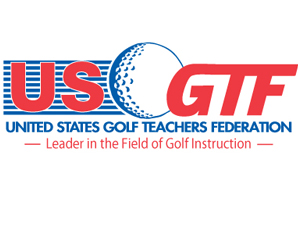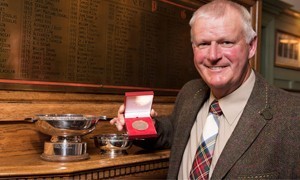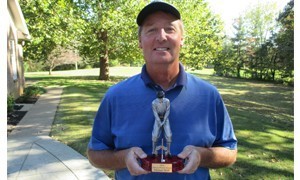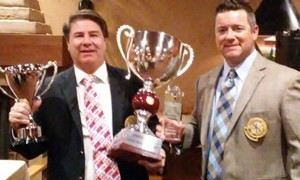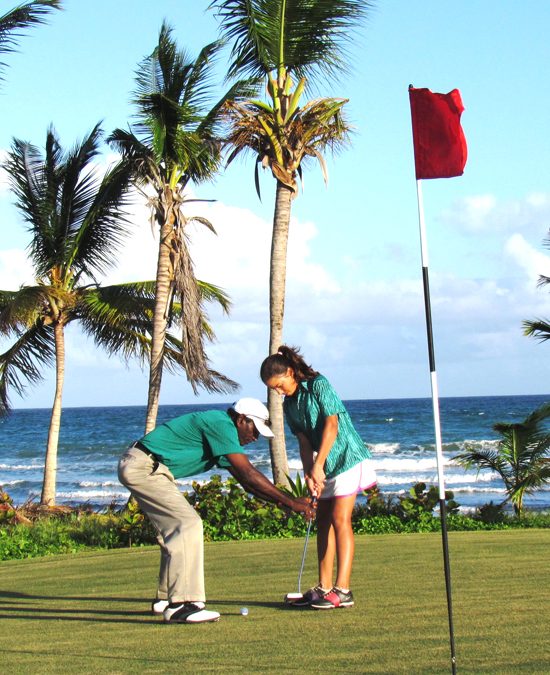Of Old Golf Clubs And Spiders!
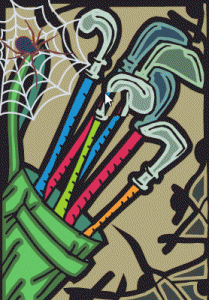 I am Norm’s driver. I am a Callaway FT-9. I know, I am a bit old. But Norm is really old. He is older than some of the dirt that flies in the air when he hits a fat shot with me (all too often, I might add). At the moment, I am in a corner in the basement. I have been here for over a year! I was put here to “learn a lesson.” Old Norm thinks that by having me stand in the corner of the cold and dark basement, when I get out I will be so happy I will behave and he will hit straight drives again. Give me a break!
I am Norm’s driver. I am a Callaway FT-9. I know, I am a bit old. But Norm is really old. He is older than some of the dirt that flies in the air when he hits a fat shot with me (all too often, I might add). At the moment, I am in a corner in the basement. I have been here for over a year! I was put here to “learn a lesson.” Old Norm thinks that by having me stand in the corner of the cold and dark basement, when I get out I will be so happy I will behave and he will hit straight drives again. Give me a break!
This is not the first time I have been down here. This seems to happen more and more as he reads golf tips online or in golf magazines, then tries to put them into practice. He is hopeless and confused, is the way I look at it. I mean, crap, he stands up to the ball and I look back and see his eyeballs rolling around and smoke coming out of his ears just before he grips my handle end so tight I think I am going to choke. Then he rips the downswing off the top in a casting action that would make you think he is fishing for whales. This is quickly followed by my head hitting the ground just behind the ball, giving me a headache and pointing my face somewhere east of where the ball should go. Then I am slammed into the golf bag and a club cover is put over my head.
As I sit here in my dark corner, I think back to bouncing around on the back of the cart. I manage to look around from time to time and wonder why I am the only one sent to the dungeon. I look down on those little bitty wedgies and know they hit more bad shots than I do…and talk about hitting it fat and adventures in the sand bins! Then those other clubs, I don’t even know why he brings them along. He can’t hit his five-or six-iron and relies on a “utility club,” whatever that is.
So here I am, just me and the spiders. I hate spiders! Old Normie spends so much time at the practice range that he never cleans up the basement. Cobwebs and spiders everywhere! They used to crawl up my shaft and bite my grip. That taught them a lesson, I tell you. Norm is such a tight wad that he changes his grips every two years or so. They are so shiny and sweaty I don’t know how he hangs onto me. Anyway, back to the spiders. I think they tried to bite the grips and either the smell or the sweaty salt did them in as there were a few dead ones on the floor one day. Now the spiders just go by and wave at me. I am not sure if these are friendly waves, even though we have been here together so long, or a one-finger wave, as I can’t quite make out if they have hands or not.
Well, here it is spring again and Old Normie is dusting off the golf bag and the rest of his paraphernalia and has actually put me in the bag. He is a year older and a year weaker, is my thinking. Perhaps he will swing a bit easier, keep his head behind the ball and let me do my stuff. Could be a good year coming up or I could be back with the spiders.
Even golf professionals have bad days. Average Human Beings (AHBs) can choose to pick their attitude at the start of every day; professionals have to pick their attitude every day. Don’t blame the driver…and watch out for spiders!



